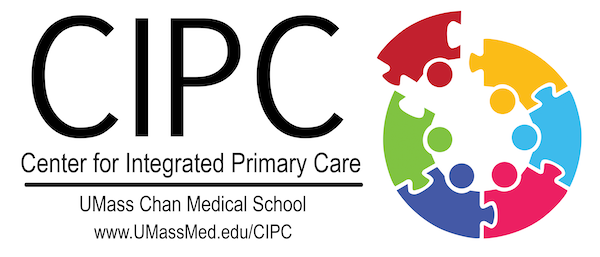|
Module 1 - Introduction to Primary Care Behavioral Health
- Describe the purpose of the PCBH Course
- Describe the history of PCBH and this course
- Define primary care behavioral health
Module 2 - Principles of Primary Care Practice
- Summarize the history of and current state of healthcare and behavioral health care in the United States
- Describe the 4Cs of primary care and their application in behavioral health practice
- Compare and contrast the generalist and the specialist approach to patient care
Module 3 - Cultural Humility for Primary Care Practice
- Apply the ADDRESSING framework to the care of primary care patients
- Describe how their own identity impacts their approach to caring for others
- Compare and contrast the concepts of Cultural Humility and Cultural Competence
Module 4 - Sharing Responsibility for the Care of Patients
- Compare and contrast expectations for how primary care behavioral health providers approach the scope of practice to how traditional mental health providers approach the scope of practice
- Describe shared responsibility for the management of chronic conditions, such as diabetes, depression, and sleep disorders
- Describe strategies for encouraging PCPs to take an active role in supporting behavioral interventions
Module 5 - Effective Communication with Team Members
- Compare and contrast expectations for how primary care behavioral health providers exchange information and how traditional mental health providers exchange information
- Describe common topics and strategies primary care behavioral health providers will focus on when seeking information from other team members
- Describe common topics and strategies primary care behavioral health providers will focus on when offering information to other team members
Module 6 - Privacy and Documentation of Care in Primary Care
- Explain the principles of best practices for documentation of BH care in primary care, and how these principles differ from specialty mental health settings
- Describe best practices for documenting initial assessments in primary care
- Describe best practices for documenting behavioral health encounters in primary care
- How to use and explain the role of the computer and EHR
Module 7 - Engagement Skills for Primary Care Practice
- Describe the rationale for prioritizing engagement in primary care practice
- Select skills that help promote engagement
- Recognize and address challenges to engagement
Module 8 - Warm Handoffs and Joint Appointments with PCPs
- Describe the qualities of a productive warm handoff
- Describe three helpful occasions for joint appointments with PCPs
- Describe the elements of effective joint appoints with PCPs and patients
Module 9 - Patient Evaluation in Primary Care
- Compare and contrast the traditional mental health “intake” and a primary care behavioral health approach to patient evaluation
- Describe the Engage, Assess, Assist approach to initial encounters
- Describe the Contextual Interview and ACCESS-V approaches to evaluating patients’ behavioral health needs
Module 10 - Agreeing on Treatment Goals
- Describe the process of goal setting during initial encounters, with an emphasis on connecting patients’ values with their goals
- Describe how goal setting informs work done in follow-up encounters and the iterative approaches to goal setting
- Describe how to recognize when goals are “not working” and how best to establish new goals when treatment has stalled
Module 11 - Emergencies and Urgent Behavioral Health Needs
- Describe the emergency/urgent behavioral health policies and resources specific to their practice organization
- List useful strategies for communicating with primary care team members about urgent and emergency behavioral health concerns
- Describe useful strategies for assessing a patient’s urgent needs and responding
Module 12 - Communications: Health Literacy, Interpreters, and Telehealth
- Describe the behavioral health clinician’s role in identifying patients with limited health literacy and addressing the needs of these patients
- Describe best practices for working with language interpreters
- Describe best practices for telehealth
|
